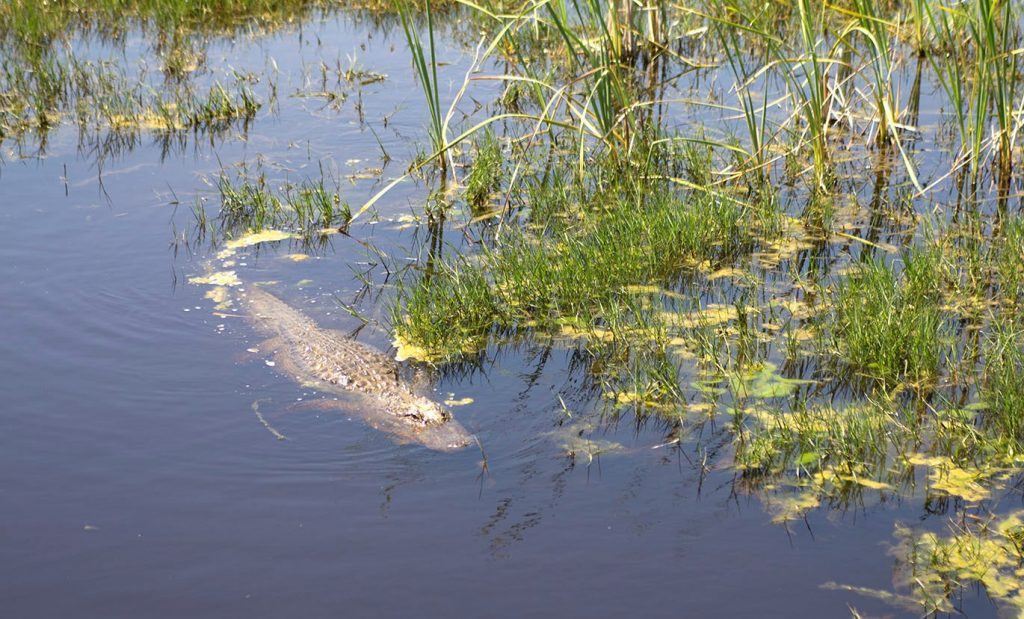By Amelia Grider
As summer has rolled around and temperatures have steadily increased, the activity levels of many organisms have also increased. Mammals, insects, birds, and even plants are enjoying the warmer weather and plentiful resources. However, one group’s increased activity levels can lead to particularly unpleasant encounters. Reptiles, specifically snakes and alligators, are some of the most feared and admired creatures around. Being cold-blooded, they are particularly happy when the weather gets warmer, as their internal body temperature matches whatever the temperature is outside. Unfortunately, when these organisms become more active, their interactions with humans inevitably increase. Venomous snake species can be found in every state other than Alaska and Hawaii. In Texas, there are four groups of venomous snakes: the coral snake, rattlesnake, copperhead, and cottonmouth. Likewise, there are hundreds of thousands of American alligators patrolling the multitude of waterways in east Texas. With more people spending time around the water than ever before, human-alligator interactions have increased. It is imperative that Texas residents be aware of these animals and take appropriate precautions when going outdoors during the summer months.
The first rule to identifying and avoiding dangerous reptiles is to know what they look like and where to find them. It is highly unlikely that you will find an alligator in the plains of west Texas, but is optimal habitat for a western diamondback rattlesnake. If you are not confident in your ability to identify a venomous snake, I would stress purchasing or borrowing a guide when you go adventuring. I also heavily, heavily stress watching where you step and where you put your hands. If you happen upon a venomous snake, please do not try to immediately harm it, as these animals play crucial roles in the environment, especially in rodent control. It is best to completely avoid them and not to interact with them if possible, as the majority of snake bites come from attempted handling and relocation. Most venomous snakes are not aggressive, so it is best to leave them alone or call animal control if they are near a home.

While alligators may not frighten as many people as snakes do, they are still very dangerous and should be avoided. There are a few rules and precautions you should take before you go near water during the summer. Just as with any outdoor activities, you should always bring a buddy when fishing, boating, or relaxing at the water’s edge. More eyes usually means more awareness, so it is always helpful to have someone tagging along and watching your back. Also, do not swim in areas such as lakes, bayous, or rivers after dark. Alligators are primarily active at dawn, dusk, and at night, so it is best to avoid encountering them on their own turf when you can’t see them. Be sure to keep small children and pets away from areas where alligators may be present, as alligators will see them as prey items. Likewise, do not feed alligators, as they may become accustomed to people and approach them unprompted. If an alligator approaches you or is near a community, notify animal control and let them handle the problem. Just as with venomous snakes, it is best not to handle an alligator of any size.
The summer is a fun time to spend with family and friends, but it is also a time for various dangerous species to be more active. Always be aware of your surroundings and be conscious of these organisms, as they are simply trying to coexist with an ever-increasing and expanding human population. Be prepared to confront these animals if you are active outdoors, but make sure to leave the snake and alligator-wrangling to the professionals and have a safe summer.
